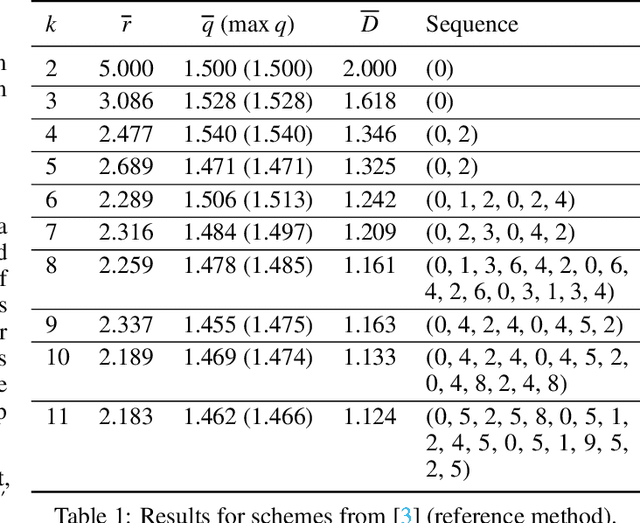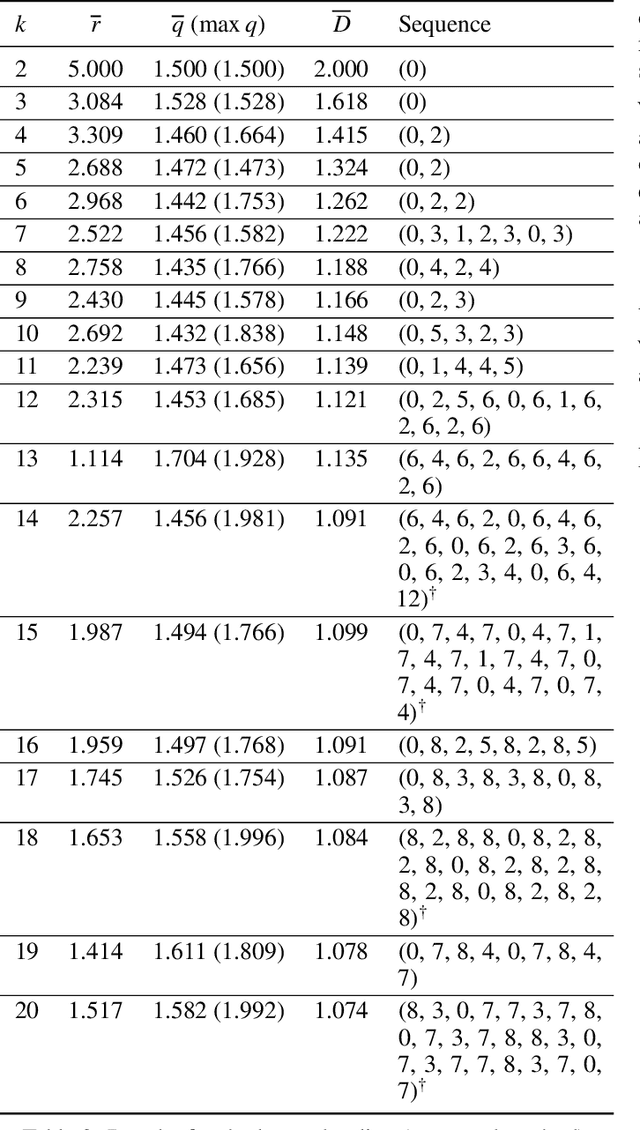Nicolas Müller
DeePen: Penetration Testing for Audio Deepfake Detection
Feb 27, 2025Abstract:Deepfakes - manipulated or forged audio and video media - pose significant security risks to individuals, organizations, and society at large. To address these challenges, machine learning-based classifiers are commonly employed to detect deepfake content. In this paper, we assess the robustness of such classifiers through a systematic penetration testing methodology, which we introduce as DeePen. Our approach operates without prior knowledge of or access to the target deepfake detection models. Instead, it leverages a set of carefully selected signal processing modifications - referred to as attacks - to evaluate model vulnerabilities. Using DeePen, we analyze both real-world production systems and publicly available academic model checkpoints, demonstrating that all tested systems exhibit weaknesses and can be reliably deceived by simple manipulations such as time-stretching or echo addition. Furthermore, our findings reveal that while some attacks can be mitigated by retraining detection systems with knowledge of the specific attack, others remain persistently effective. We release all associated code.
ASVspoof 5: Design, Collection and Validation of Resources for Spoofing, Deepfake, and Adversarial Attack Detection Using Crowdsourced Speech
Feb 13, 2025Abstract:ASVspoof 5 is the fifth edition in a series of challenges which promote the study of speech spoofing and deepfake attacks as well as the design of detection solutions. We introduce the ASVspoof 5 database which is generated in crowdsourced fashion from data collected in diverse acoustic conditions (cf. studio-quality data for earlier ASVspoof databases) and from ~2,000 speakers (cf. ~100 earlier). The database contains attacks generated with 32 different algorithms, also crowdsourced, and optimised to varying degrees using new surrogate detection models. Among them are attacks generated with a mix of legacy and contemporary text-to-speech synthesis and voice conversion models, in addition to adversarial attacks which are incorporated for the first time. ASVspoof 5 protocols comprise seven speaker-disjoint partitions. They include two distinct partitions for the training of different sets of attack models, two more for the development and evaluation of surrogate detection models, and then three additional partitions which comprise the ASVspoof 5 training, development and evaluation sets. An auxiliary set of data collected from an additional 30k speakers can also be used to train speaker encoders for the implementation of attack algorithms. Also described herein is an experimental validation of the new ASVspoof 5 database using a set of automatic speaker verification and spoof/deepfake baseline detectors. With the exception of protocols and tools for the generation of spoofed/deepfake speech, the resources described in this paper, already used by participants of the ASVspoof 5 challenge in 2024, are now all freely available to the community.
Deep Reinforcement Learning for Backup Strategies against Adversaries
Feb 12, 2021



Abstract:Many defensive measures in cyber security are still dominated by heuristics, catalogs of standard procedures, and best practices. Considering the case of data backup strategies, we aim towards mathematically modeling the underlying threat models and decision problems. By formulating backup strategies in the language of stochastic processes, we can translate the challenge of finding optimal defenses into a reinforcement learning problem. This enables us to train autonomous agents that learn to optimally support planning of defense processes. In particular, we tackle the problem of finding an optimal backup scheme in the following adversarial setting: Given $k$ backup devices, the goal is to defend against an attacker who can infect data at one time but chooses to destroy or encrypt it at a later time, potentially also corrupting multiple backups made in between. In this setting, the usual round-robin scheme, which always replaces the oldest backup, is no longer optimal with respect to avoidable exposure. Thus, to find a defense strategy, we model the problem as a hybrid discrete-continuous action space Markov decision process and subsequently solve it using deep deterministic policy gradients. We show that the proposed algorithm can find storage device update schemes which match or exceed existing schemes with respect to various exposure metrics.
 Add to Chrome
Add to Chrome Add to Firefox
Add to Firefox Add to Edge
Add to Edge